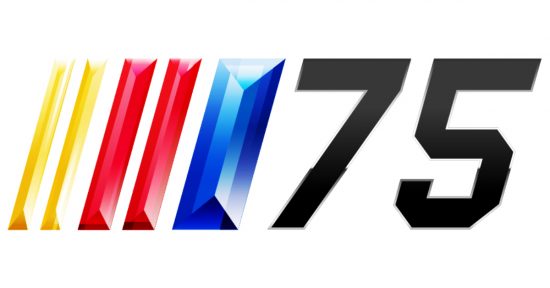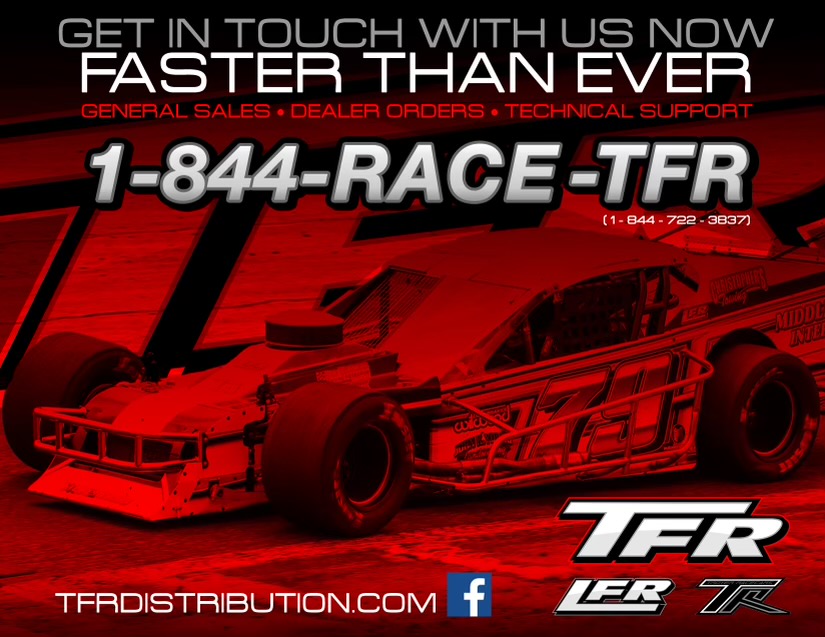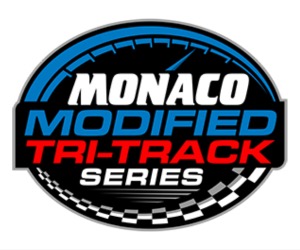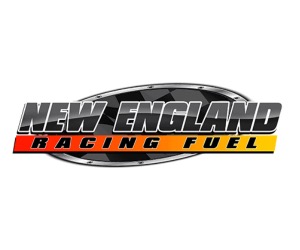
By Reid Spencer
NASCAR Wire Service
Those who are familiar with NASCAR Cup Series history doubtless are aware of the intense rivalry at Bristol Motor Speedway between Dale Earnhardt and Terry Labonte in the late 1990s.
Labonte won the Night Race at Bristol in 1995, but he did so in a wrecked race car, thanks to a brutal hit from Earnhardt as the cars approached the finish line.
Four years later, Labonte was leading on the last lap but didn’t make it to the stripe. In Turn 2, Earnhardt turned Labonte into oncoming traffic and ignited a multicar wreck on the backstretch.
Earnhardt took the checkered flag, but for the first time in his NASCAR Hall of Fame career, he was greeted with a loud chorus of boos from the huge crowd that packed the speedway.
The sentiment against Earnhardt was so strong on that night that owner Richard Childress advised his team to change into generic clothing, rather than logoed gear, so they wouldn’t be recognized leaving the track.
“Yeah, we had our concerns, ‘cause there were people that were really upset,” Childress recalled. “I put on a Harley-Davidson T-shirt when I left, and I actually wore it up to the press box with Dale (for post-race interviews).”
Ardent fans also will remember Darrell Waltrip’s record 12 victories at the .533-mile high-banked track. They’ll also remember unprecedented feats accomplished at the speedway.
One of the most notable was Kyle Busch’s sweep in 2010, when he won races in all three of NASCAR’s top national touring division at the same track on the same weekend. Busch repeated the feat at Bristol in 2017 and remains the only driver ever to accomplish the weekend triple.
Among active drivers, Busch is the leading winner at Bristol Motor Speedway with eight victories on the concrete surface. He was the first driver to win in NASCAR’s Car of Tomorrow, introduced to Cup competition at Bristol on March 25, 2007.
He’s also the defending winner of the Food City Dirt Race, which will be contested Sunday night (7 p.m. ET on FOX, PRN and SiriusXM NASCAR Radio).
That event will be only the third on dirt in the Modern Era (1972 to present) of NASCAR’s 75-year history, but many don’t remember that the groundwork was laid for the current races in 2001 and 2002—the first time the paved surface at Bristol was covered with dirt for special events.
In those two years, sprint cars raced on the dirt surface, and open-wheel legend Sammy Swindell won both races from the pole.
Though Bruton Smith is credited with the amazing transformation of Bristol into the Last Great Coliseum, two key innovations took place in the five years before Smith acquired the track in 1996 through his corporate entity, Speedway Motorsports, Inc.
In 1992, the asphalt surface was replaced by concrete, and in 1995 permanent lighting was installed to replace the temporary lighting (mounted on trucks) that had illuminated the Night Race from 1978 through 1994.
When Smith acquired the speedway, the seating capacity was listed at 71,000. As SMI added to the facility and encircled the track with massive grandstands, the track grew to the point where it could hold as many as 160,000 fans.
As one of largest sports venue in the United States, Bristol became a record setter. When the speedway hosted a football game between Tennessee and Virginia Tech in 2016, attendance was listed at 156,990, the largest crowd ever to attend a college football game by more than 40,000.
That was a high-profile event, but many fans don’t remember that, in its maiden year of 1961, Bristol hosted an NFL preseason game between Philadelphia and Washington, which the Eagles won 17-10.
The size of a college football crowd wasn’t the only way Bristol has qualified for the Guinness Book of Records. In August of 2007, Bristol was the site of the world’s largest card section, where the crowd—with 128,000 cards—spelled out “USA” with representations of the American flag in the frontstretch and backstretch grandstands.
Bristol also gets credit from Guinness for the world’s largest crowd-wave and the world’s largest karaoke.



















Leave a Reply